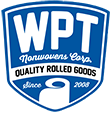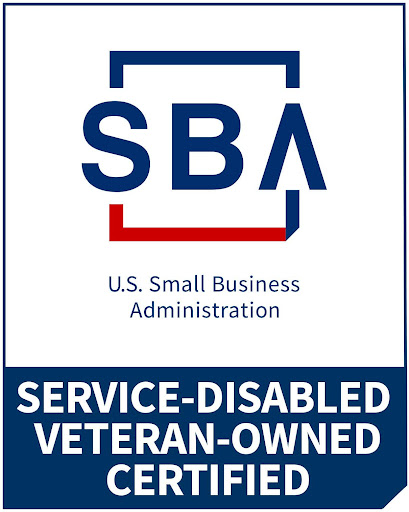WPT Nonwovens offers nonwoven cotton fabric that is made of 100% cotton filament or cotton blend. For products that need to be all-natural and hypo-allergenic, 100% cotton or cotton blend fiber nonwoven fabric is an excellent option. Cotton offers the added advantage of being environmentally friendly. Cotton Nonwoven Characteristics Cotton nonwovens have the characteristics of… Read more »
WPT NONWOVENS BLOG
Although many people are not familiar with the term ‘nonwoven fabric’ most everyone regularly uses some type of nonwoven fabric product in their daily life. Dryer sheets, feminine pads, diapers, cleaning wipes, landscape fabrics, and air filters are all examples of products made with nonwovens. Unique Characteristics of Nonwovens Nonwovens are generally considered fabric materials… Read more »
Nonwovens are well-suited for a wide range of construction materials, such as roof underlayments, house wrapping, and flashing materials. A key benefit nonwoven fabrics offer in these construction applications is protection. They are very effective for keeping water out for an effective protective barrier that keeps buildings dry and free of rot. Nonwoven fabric can… Read more »
There are many material options that manufacturers of medical bandage products can choose from for the development of their wound care products. Among materials like woven fabrics, foams, and gels, nonwoven fabrics are one of the most desired and widely used materials for bandages as well as other medical care items. The popularity of nonwoven… Read more »
The disposable medical supplies market in North America is expected to grow by 6.5% annually and reach $106.9 billion by 2030. Factors contributing to this growth include: Increasing incidence of disease and disorders The medical supply needs of an aging population Rising incidence of Hospital Acquired Infections (HAIs) Reference towards the low-cost disposable medical supplies… Read more »
Selecting the right nonwoven fabric for your product will greatly enhance its quality, appearance, and performance characteristics. Highly customizable, bicomponent fiber nonwovens allow product producers to create the ideal combination of nonwoven fabric attributes at a price point that is very cost-efficient. Bicomponent fiber nonwovens are an excellent choice for nonwoven products such as: Baby… Read more »
Since the earliest days of history, man has been using different types of dressings and bandages. What the ancient and early modern civilizations referred to as plasters are the historical equivalent of wound dressings. Early medical practitioners applied plasters to wounds to provide protection and absorb fluids. Oils were commonly used in plasters to provide… Read more »
WPT Nonwovens develops nonwoven polyester fabric that is composed of 100% polyester filament or polyester blend. Our polyester nonwoven is an ideal choice for applications that benefit from the characteristics of strength and high density. Polyester Nonwoven Characteristics Derived from petroleum, polyester is a commonly used synthetic material, which is commonly due to its versatility…. Read more »
WPT Nonwovens Is a well-established US source for a variety of nonwovens including bicomponent fiber nonwovens and organic cotton nonwovens certified by the Global Organic Textile Standard (GOTS) Version 5.0. We are also the domestic source for polyester fiber nonwovens, rayon fiber nonwovens, and custom blends to create the right nonwovens for virtually any application…. Read more »
As recently reported by Nonwovens Industry, the need for medical grade masks will not be ending anytime soon, “As the world enters into the third year of the coronavirus pandemic, face masks and respirators continue to be pervasive, especially as new variants, like the contagious Omicron, continue to emerge.” Something that has changed since the… Read more »

